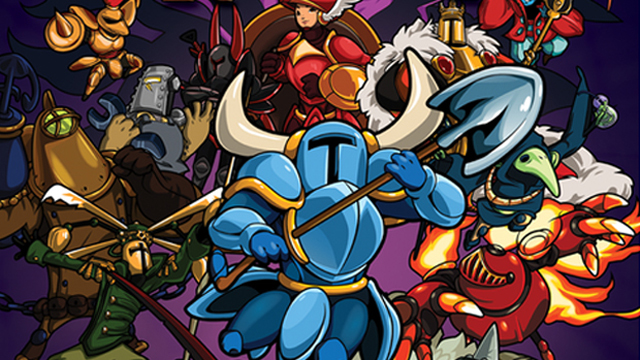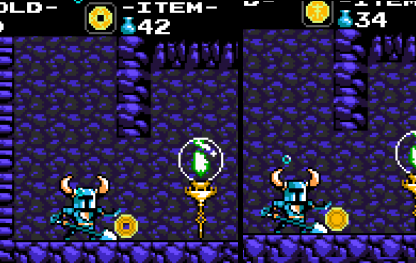
Bringing a game from one country to another involves a lot more than just changing the language. Not only does a new script need to take into account cultural differences, like specific references and humor, but plenty of video and audio elements need to be altered as well. This was especially true back in the 8-bit era, because the technical limitations of the time presented yet another set of challenges. Time has gone by and technology has advanced, but that isn’t stopping the developers of Shovel Knight from keeping the difficulties of yesteryear in bringing the retro-inspired hit to Japan.
Yacht Club Games released a surprisingly deep and interesting look into the history of localization on its website while also discussing how the studio’s game will be different in Japan. Some of the changes are simple enough, like changing the coin sprites to better match Japanese currency or adding in daikon radishes and rice balls to the in-game food. Of course, some of the character art has been tweaked to make it look a little more anime-like, as well. And then Yacht Club decided to take its efforts up a level.

One often forgotten tidbit about the differences between the NES and the Japanese Famicom was that the original Japanese system actually had a little bit more processing power which occasionally resulted in more detailed animations in Japanese versions of games. Yacht Club is embracing this by adding extra bits here and there, such as enemy movements with more frames, or animated background details like waving grass or water coming from a fountain.
Yacht Club’s devotion to this process is commendable, though the studio has decided to keep things practical. One frequent problem with 8-bit Japanese games was how the hardware limited a game’s ability to show all of the language’s written characters. Japanese consists of multiple alphabets, the simple and phonetic kana, and the much more complex and numerous kanji that were a pain to accurately render on Famicom. Instead of embracing this inconvenience, Yacht Club has given gamers the option to select either written forms.
Ultimately, Yacht Club stated it was its goal to “reverse localize” the game. In other words, the studio imagined the Shovel Knight we know and love as though it was actually a port of a Japanese Famicom game, and then ported it to make it look like that game. The gameplay and content remains the same so you don’t need to worry on missing out on more than a few extra animations, but this just goes to show Yacht Club’s seemingly obsessive dedication to really deliver a retro experience.
Source: Yacht Club Games




 ShareThis
ShareThis





